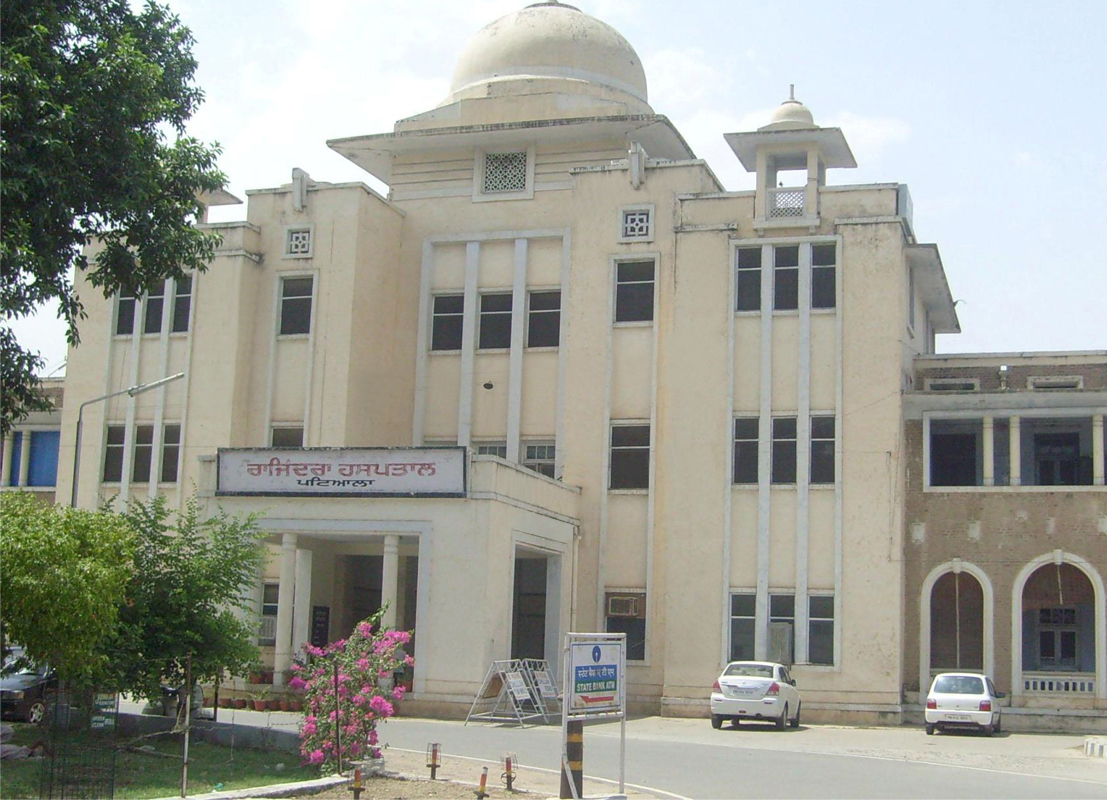Dialysis
Introduction
The kidneys are responsible for filtering waste products from the blood. Dialysis is a procedure that is a substitute for many of the normal functions of the kidneys. The kidneys are two organs located on either side in the back of the abdominal cavity. Dialysis can allow individuals to live productive and useful lives, even though their kidneys no longer work adequately. Statistics from 2015, U.S. Renal Data System Annual Data Report (USRDS), showed approximately 468,000 patients were receiving dialysis in the United States. More than an additional 193,000 patients had a functioning kidney transplant for end stage renal disease.
Dialysis helps the body by performing the functions of failed kidneys. The kidney has many roles. An essential job of the kidney is to regulate the body’s fluid balance. It does this by adjusting the amount of urine that is excreted on a daily basis. On hot days, the body sweats more. Thus, less water needs to be excreted through the kidneys. On cold days, the body sweats less. Thus, urine output needs to be greater in order to maintain the proper balance within the body. It is the kidney’s job to regulate fluid balance by adjusting urine output.
Another major duty of the kidney is to remove the waste products that the body produces throughout the day. As the body functions, cells use energy. The operation of the cells produces waste products that must be removed from the body. When these waste products are not removed adequately, they build up in the body. An elevation of waste products, as measured in the blood, is called “azotemia.” When waste products accumulate they cause a sick feeling throughout the body called “uremia,” which is due to urea and other nitrogenous waste compounds

